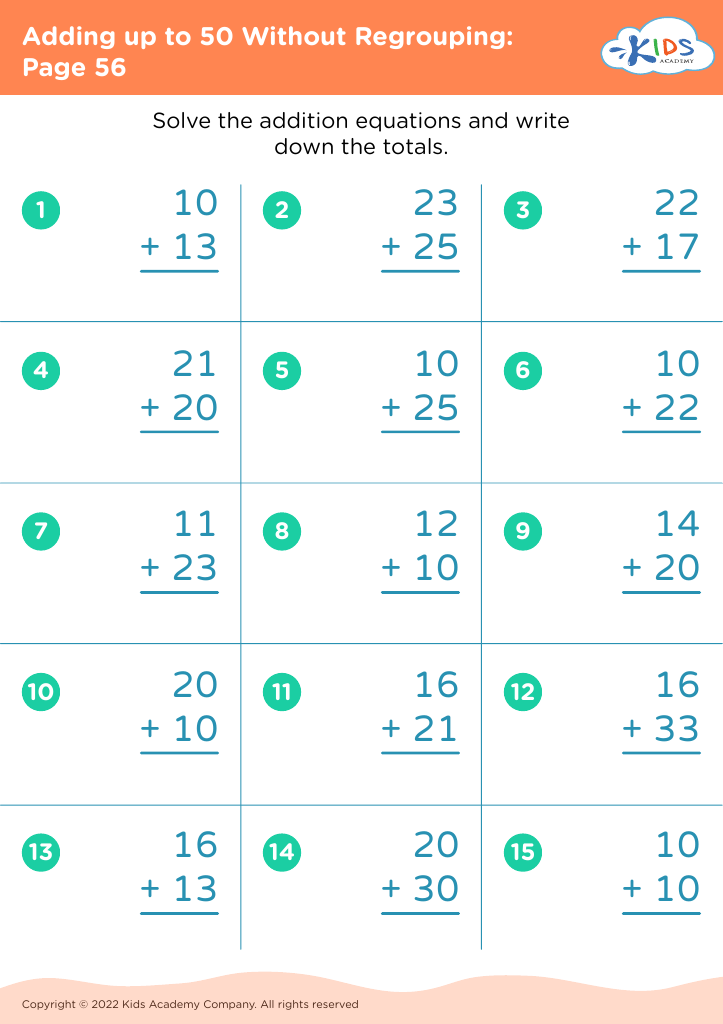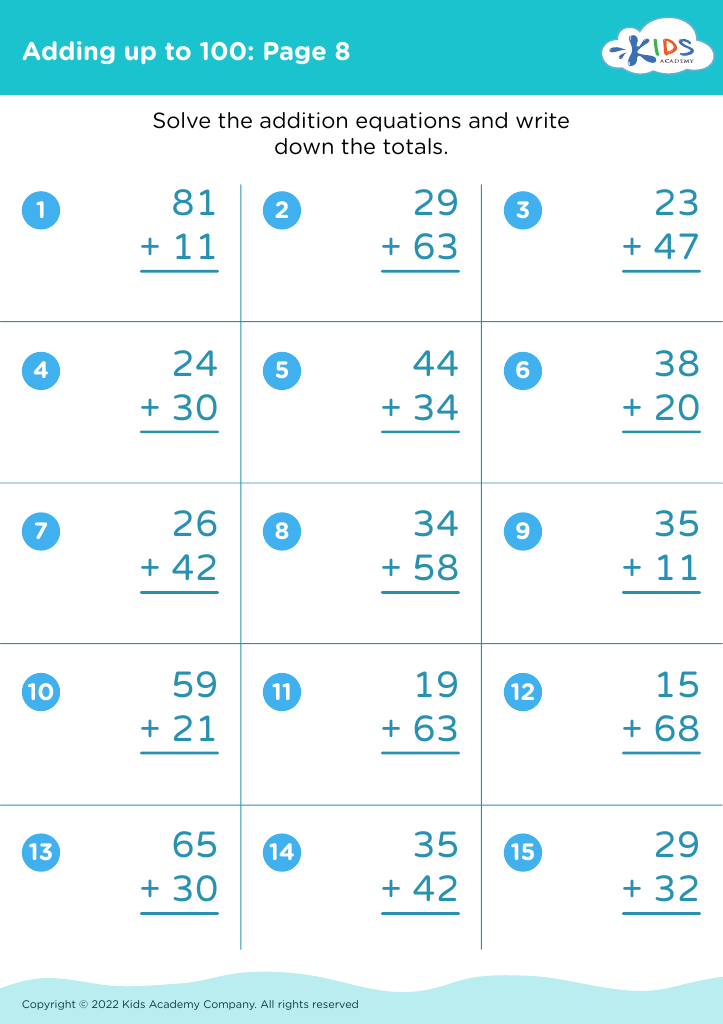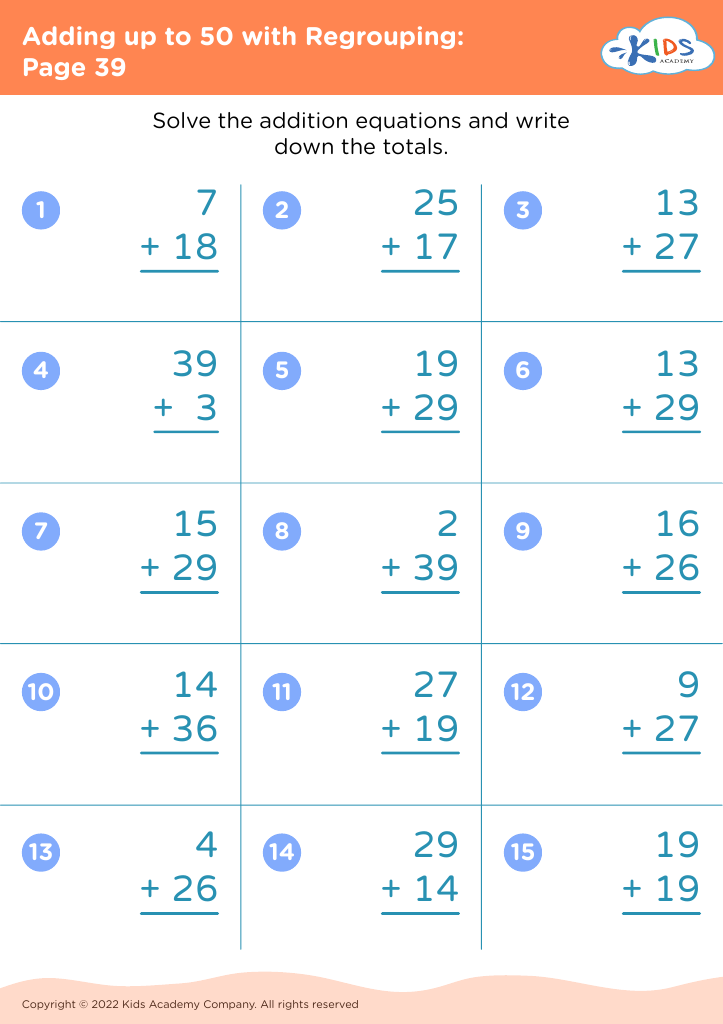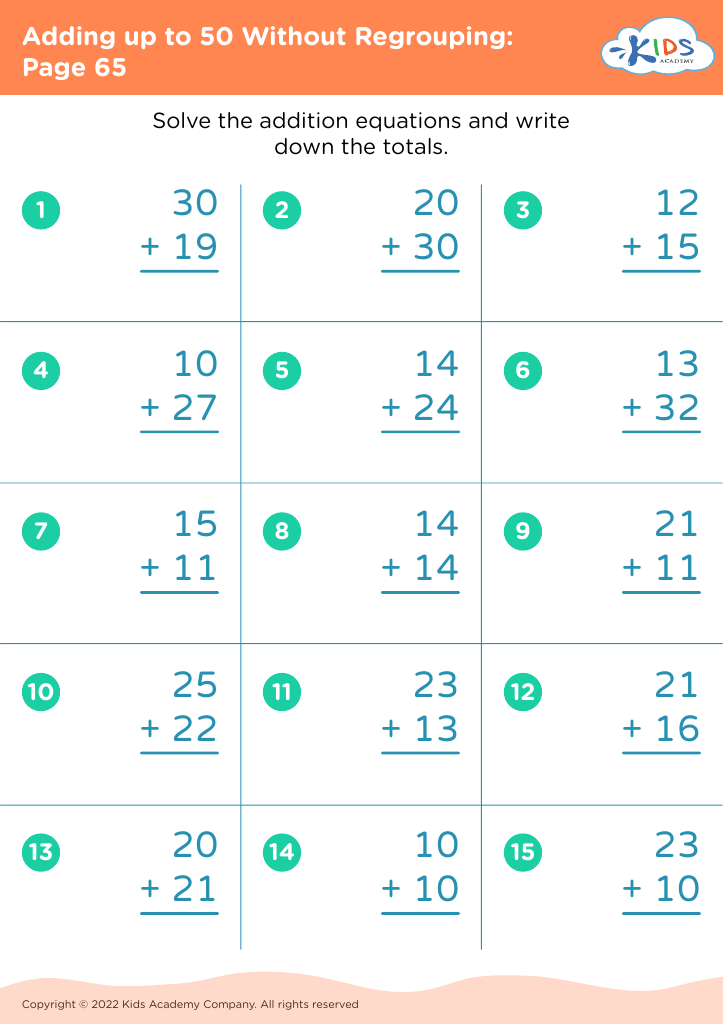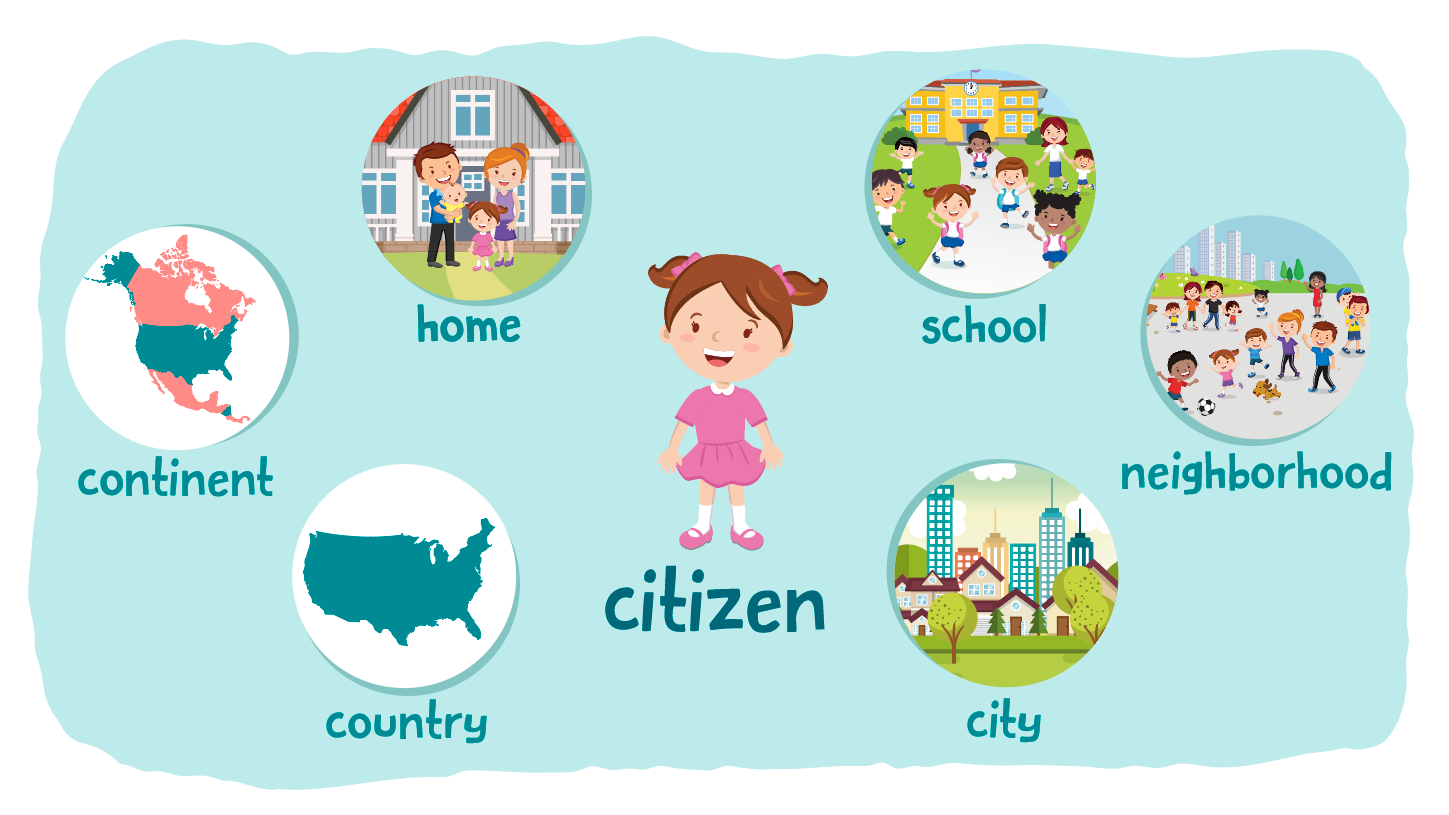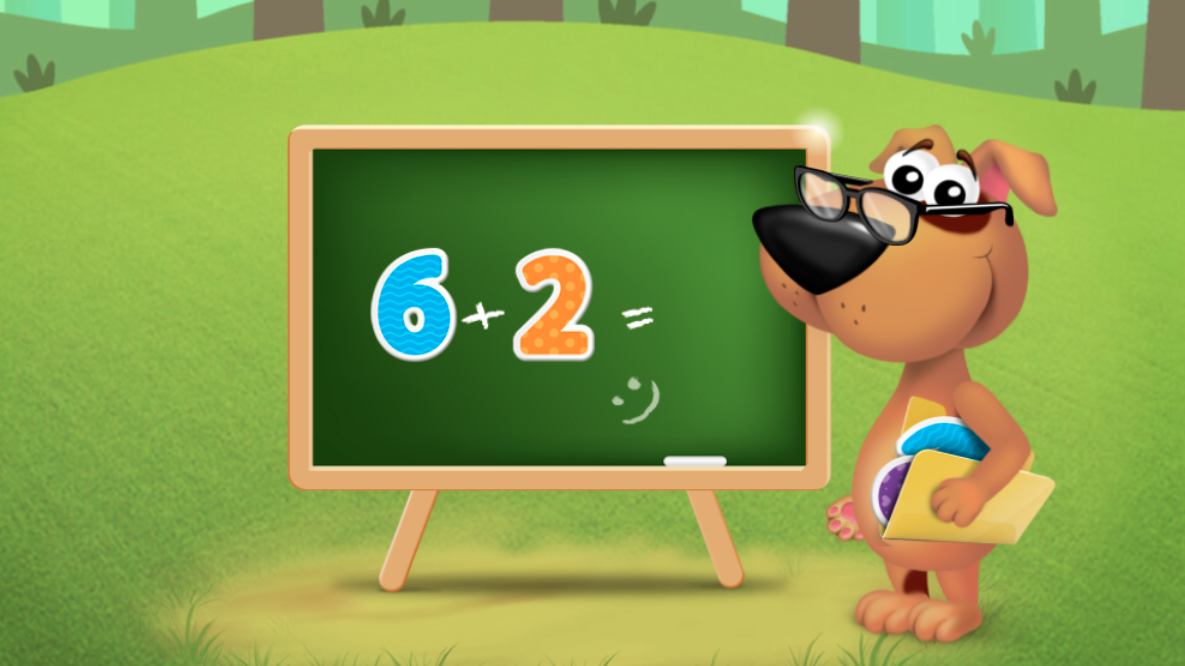Compare fractions Worksheets for Ages 4-9
6 filtered results
-
From - To
Our "Compare Fractions Worksheets for Ages 4-9" are designed to make learning fractions exciting and engaging for young learners. These printable worksheets help children develop essential math skills by comparing fractions using visual aids and interactive exercises tailored to their age group. Perfect for both classroom and home use, our worksheets empower kids to practice and master fractions with confidence. With colorful graphics and step-by-step instructions, children will enjoy exploring this important math concept while building a strong foundation for future success. Dive into learning with our fun, educational resources that make comparing fractions a breeze for young minds.
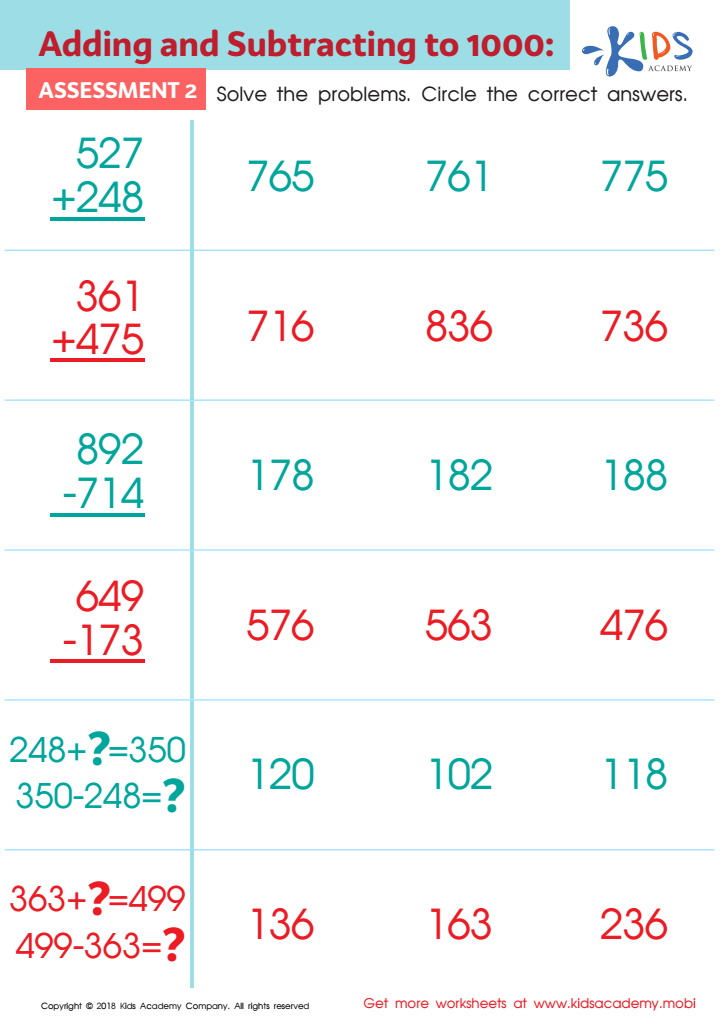

Adding and Subtracting to 1 Worksheet: Assessment 2
Understanding fractions is a fundamental aspect of mathematics that forms the basis for more complex concepts students will encounter later. For children aged 4-9, comparing fractions is an important skill that enhances numerical literacy and fosters critical thinking. At this early age, developing an understanding of how fractions represent parts of a whole can support a more intuitive grasp of numbers and their relationships.
When parents and teachers prioritize teaching fractions, they are laying down critical cognitive frameworks that aid in problem-solving, reasoning, and logical thinking. Comparing fractions helps children learn to make quantitative judgments, recognize patterns, and develop spatial awareness. These skills are not just pivotal for excelling in math, but also for succeeding in science, engineering, economics, and everyday decision-making tasks like cooking or sharing.
Moreover, engaging with fractions through visual aids, games, and real-world examples makes learning interactive and enjoyable. This positive experience with mathematics can foster a lifelong love for the subject. Building strong conceptual foundations in early childhood ensures that students feel confident and competent as they advance to higher levels of math, thereby setting them on a path toward academic success and practical competence in their daily lives.

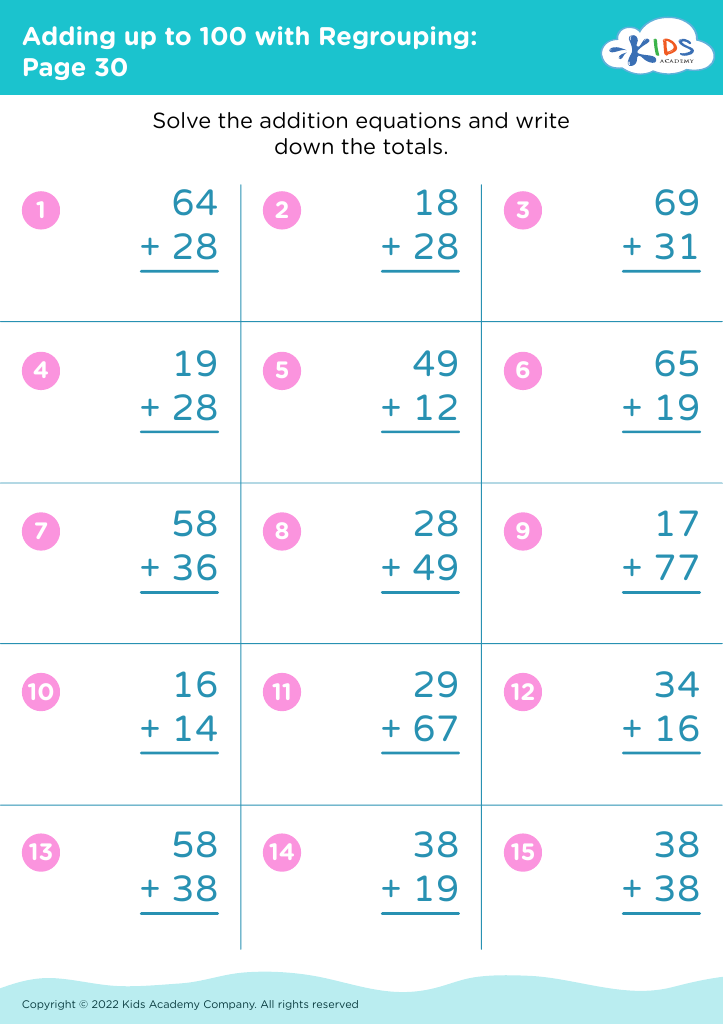
 Assign to the classroom
Assign to the classroom
